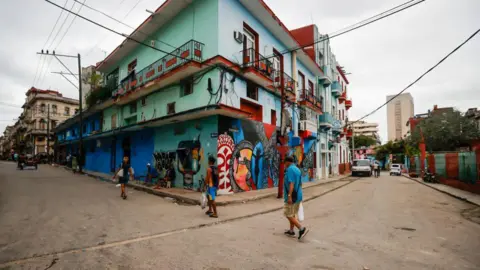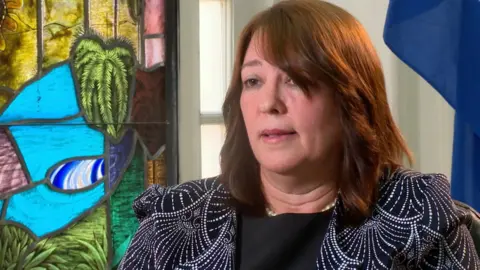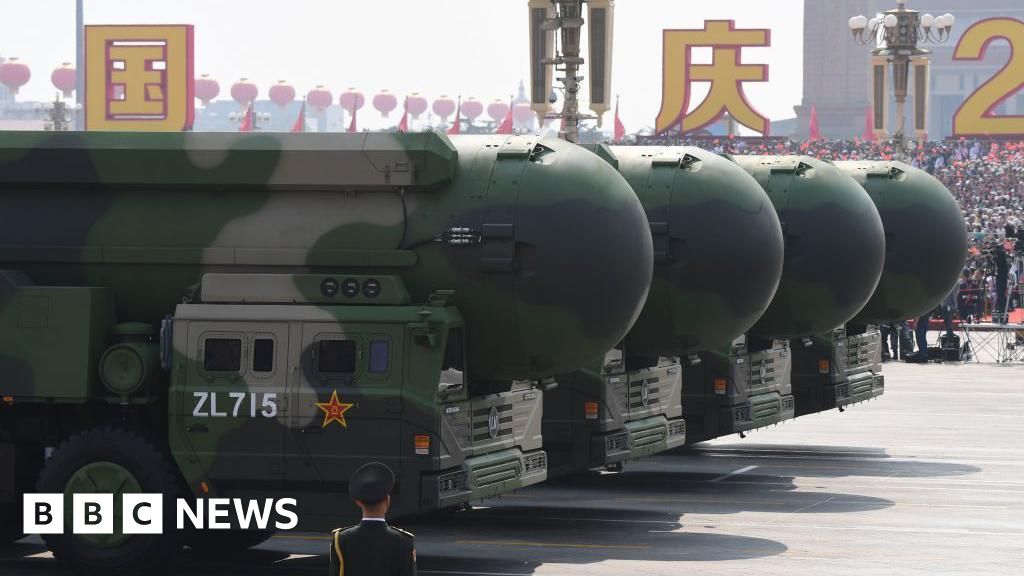Cuba’s crime rate soars, fuelled by gang crime and drugs

 Family handout
Family handoutThe late leader of the Cuban Revolution, Fidel Castro, once famously called Cuba “the safest country in the world”.
In terms of the island’s low rates of violent crime and the scarcity of guns circulating among the civilian population, he may well have had a case for that title.
His critics, of course, responded that the low crime rate was achieved through intimidation, that Castro’s Cuba was – and still remains – a police state which brokered no criticism of its communist-led government, and which rode roughshod over its opponents’ human rights.
However it was done, few could deny that Cuba’s streets have traditionally been among the safest in the Americas.
Yet it doesn’t feel to Samantha González like she lives in the world’s safest nation. Her younger brother, an aspiring music producer called Jan Franco, was murdered two months ago in an apparent gang-related dispute.
From the low-income Havana neighbourhood of Cayo Hueso and just 19 years old when he was killed, Jan Franco was stabbed twice in the chest outside a recording studio, caught in the middle of an argument when someone pulled a knife.
“I still can’t understand it,” says Samantha, struggling to express her grief as she scrolls through old photos of her brother on her phone.
“He was the light of our family.”
Just 20 herself and mother of a one-year-old boy, Samantha says that Jan Franco was one of many young people to lose their lives in the streets in recent months:
“So many young people have been killed this year,” she explains.
“The violence is getting out of hand. They’re basically gangs, and they fall out with each other as gangs. That’s where it’s all coming from, these killings and deaths of young people.”
They often solve their quarrels with knives and machetes, she says.
“Almost no-one settles an argument with their fists anymore. It’s all knives, machetes, even guns. Things I just don’t understand,” her voice trails off.
The situation has been worsened by a new drug in Cuba called “quimico” – a cheap chemical high with a cannabis base. Samantha says that it’s increasingly popular among Cuban youth in the parks and on the streets.
 Getty Images
Getty ImagesPreviously, even suggesting that Cuba had a problem with opioids and street gangs – especially to a foreign journalist – could land you in difficulties.
The Cuban authorities have always been fiercely protective of their island’s reputation as crime-free and quick to point out that the its streets are demonstrably safer than those of most cities in the US. Anything that highlights Cuba’s social problems is generally painted as biased criticism of their socialist system or as anti-revolutionary fabrications originating from Miami or Washington.
However, such has been the public perception of a worsening crime rate, a perception shared by many Cubans on social media, that the authorities have openly addressed it on state television.
In August, an edition of nightly talk programme Mesa Redonda – in which Communist Party officials are invited on air to deliver the party line – was titled Cuba Against Drugs.
During the broadcast, Colonel Juan Carlos Poey Guerra, the head of the interior ministry’s anti-drug unit, acknowledged the existence, production and distribution of the new drug, químico, and its impact on Cuba’s youth. He insisted the authorities were tackling the issue.
In another edition, on crime, the government denied the situation was worsening, claiming only 9% of crimes in Cuba were violent and just 3% were murders.
However, critics question the transparency of the government’s statistics and say there’s no independent oversight of the bodies which produce them or the methodologies they use.

For its part, the government largely blames the old enemy, the United States, for both the existence of synthetic opioids in Cuba and for the decades-long US economic embargo on the island which they say is the reason some Cubans have resorted to crime.
In a rare interview, the vice-president of Cuba’s Supreme Court, Maricela Sosa Ravelo, told the BBC the problem was being blown out of proportion on social media. She refuted the suggestion that many crimes go unreported through a lack of public confidence in the police.
“In my 30 years as a judge and magistrate, I don’t think that the Cuban people lack confidence in their authorities,” she claimed, speaking inside the ornate Supreme Court building.
“In Cuba, the police have a high success rate in solving crimes. We don’t see people taking the law into their own hands – which happens in other parts of Latin America and elsewhere – which suggests the population trusts in the Cuban justice system,” she argued.
Again, though, that wasn’t the experience of another recent victim of opportunistic theft on Havana’s dimly lit streets.
Shyra is a transgender activist who is used to speaking out about rights in Cuba. She says that her story, of being robbed by a man brandishing a knife one evening, is common.
But it was the police response which disillusioned her the most.
“Just after I was attacked, I came across two motorcycle police in a side street,” Shyra recalls. Despite her obvious distress, the police ignored her pleas for help, she says.
“They openly told me: ‘We’re not here for stuff like that.’ It was such a shocking thing to hear because I told them where they could find the attacker, showed them which direction he was headed in, what he was wearing. But they just didn’t pay me any attention.”
In the small apartment she shares with her mother, Samantha González watches videos of her younger brother’s wake. A crowd of Jan Franco’s friends appeared outside his home and began singing the songs which he’d produced before his fledgling music career was cut short.
As his coffin was loaded onto the hearse, the mourners fell silent, except for the soft murmur of weeping and prayer.
Buried with him, and every young victim of violence on the island, is another piece of Cuba’s claim to be the world’s safest nation.
World News || Latest News || U.S. News
Source link




